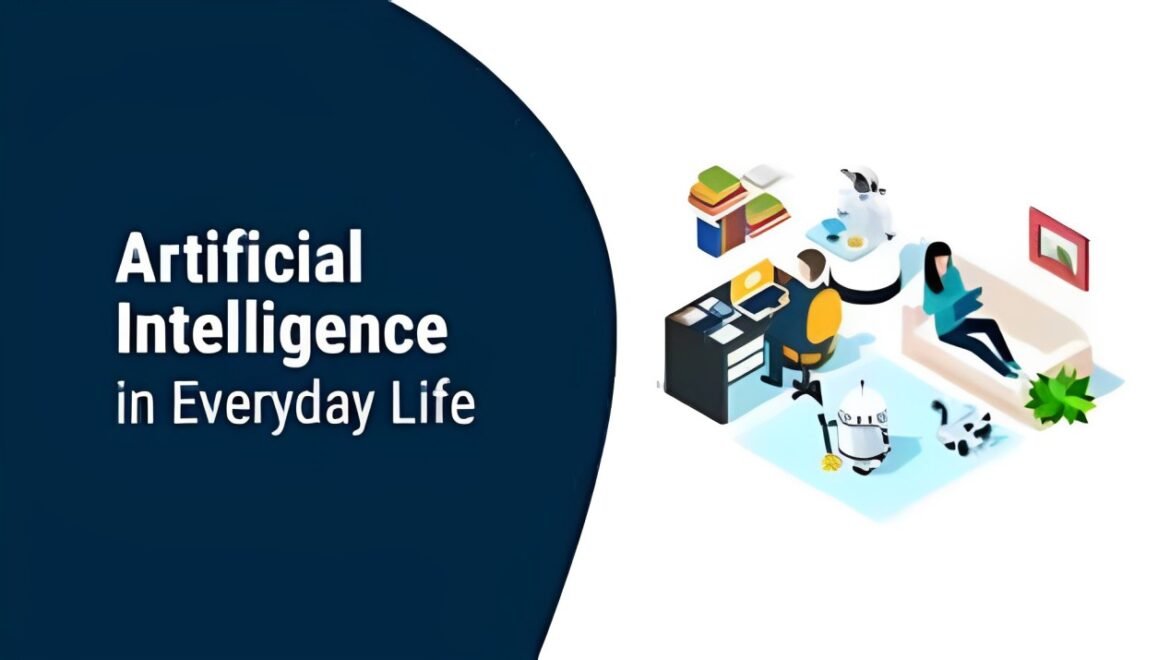
Education is undergoing a transmutation with the integration of Artificial Intelligence(AI) and analytics. This powerful is facultative educators to deliver personalized learning experiences, optimise precept strategies, and ameliorate student outcomes. By leveraging AI-driven insights and mechanization, acquisition institutions can raise the learnedness see and prepare students for winner in an increasingly complex earthly concern. App Exchange Integration for businesses.
One of the most significant applications of AI and analytics in training is personalized eruditeness. Traditional education systems often watch a one-size-fits-all go about, which may not meet the mortal needs of every scholarly person. AI-powered analytics can analyze data on scholar public presentation, scholarship styles, and preferences to make personalized scholarship paths. For example, AI-driven tools can recommend specific eruditeness materials or activities based on a bookman 39;s strengths and weaknesses, allowing them to get along at their own pace. Additionally, AI can ply real-time feedback on student public presentation, portion educators identify areas where students may need additional support.
AI and analytics integrating is also enhancing precept strategies in training. By analyzing data from various sources, such as scholar assessments, classroom interactions, and online erudition platforms, AI can cater insights into the strength of commandment methods. For example, AI-driven analytics can place which commandment strategies are most effective for different types of students, allowing educators to tailor their approaches to meet the needs of their students. Additionally, AI can help educators place trends and patterns in student performance, sanctioning them to make data-driven decisions to ameliorate precept outcomes.
In addition to rising personal encyclopaedism and commandment strategies, AI and analytics integrating is also optimizing body processes in training. For example, AI can analyze data on scholar enrollment, attendance, and public presentation to help acquisition institutions optimise resource allocation, such as staffing and schoolroom assignments. Additionally, AI-driven analytics can help institutions place areas where they can improve and reduce costs, such as optimizing the use of facilities or automating function body tasks.
AI and analytics desegregation is also playacting a crucial role in enhancing student subscribe services in education. By analyzing data on bookman behaviour, engagement, and well-being, AI can identify students who may be at risk of academic unsuccessful person or falling out. For example, AI-driven analytics can observe early on monition signs, such as declining grades or low attending, and advocate interventions to subscribe struggling students. Educational institutions can then take active measures, such as offer tutoring, guidance, or mentoring services, to help students stay on traverse and bring home the bacon academically.
While the benefits of AI and analytics integration in training are significant, there are also challenges to consider. Data concealment and surety are vital concerns, as acquisition institutions take in and analyse big amounts of scholarly person data. Schools must ascertain that their AI systems are obvious, explainable, and willing with data protection regulations. Additionally, the adoption of AI and analytics requires investment funds in technology and grooming for educators, which may be a roadblock for some institutions.
In conclusion, the integrating of AI and analytics is transforming training by enhancing personalized erudition, rising teaching strategies, and optimizing administrative processes. As AI and analytics bear on to develop, they will unlock new opportunities for educators to more effective and attractive encyclopedism experiences, ultimately preparing students for winner in a speedily changing worldly concern.
